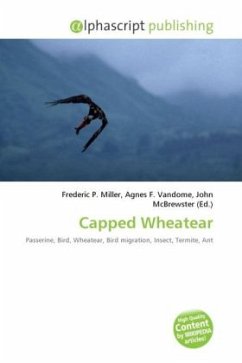High Quality Content by WIKIPEDIA articles! The Greater Sand Plover, Charadrius leschenaultii, is a small wader in the plover family of birds. The spelling is commonly given as greater sandplover, but the official British Ornithologists' Union spelling is greater sand plover. It breeds in the semi-deserts of Turkey and eastwards through central Asia. It nests in a bare ground scrape. This species is strongly migratory, wintering on sandy beaches in east Africa, south Asia and Australasia. It is a rare vagrant in western Europe, where it has been recorded as far west as Great Britain and France. It has been spotted twice in the Western Hemisphere, the most recent being on May 14, 2009, in Jacksonville, Florida. This chunky plover is long-legged and thick-billed. Breeding males have grey backs and white underparts. The breast, forehead and nape are chestnut, and there is a black eye mask. The female is duller, and winter and juvenile birds lack the chestnut, apart from a hint of rufous on the head. Legs are greenish and the bill black.
Bitte wählen Sie Ihr Anliegen aus.
Rechnungen
Retourenschein anfordern
Bestellstatus
Storno








